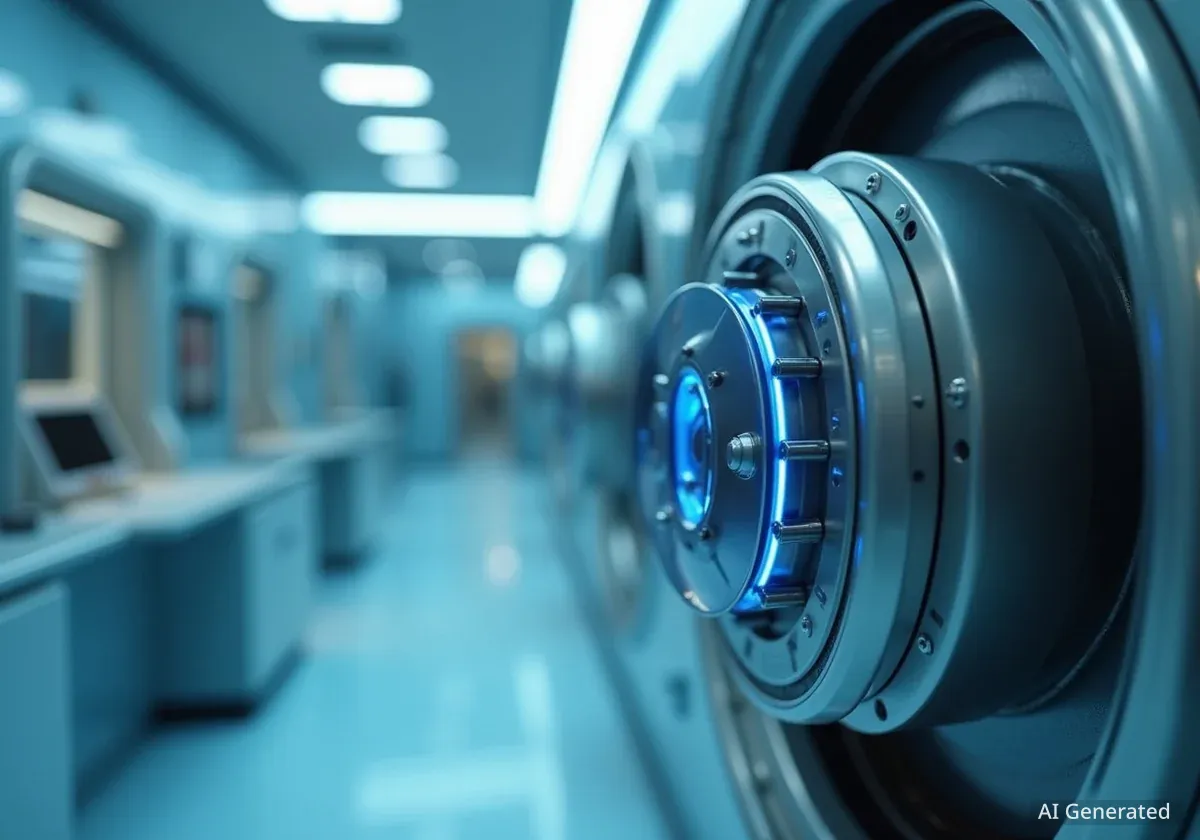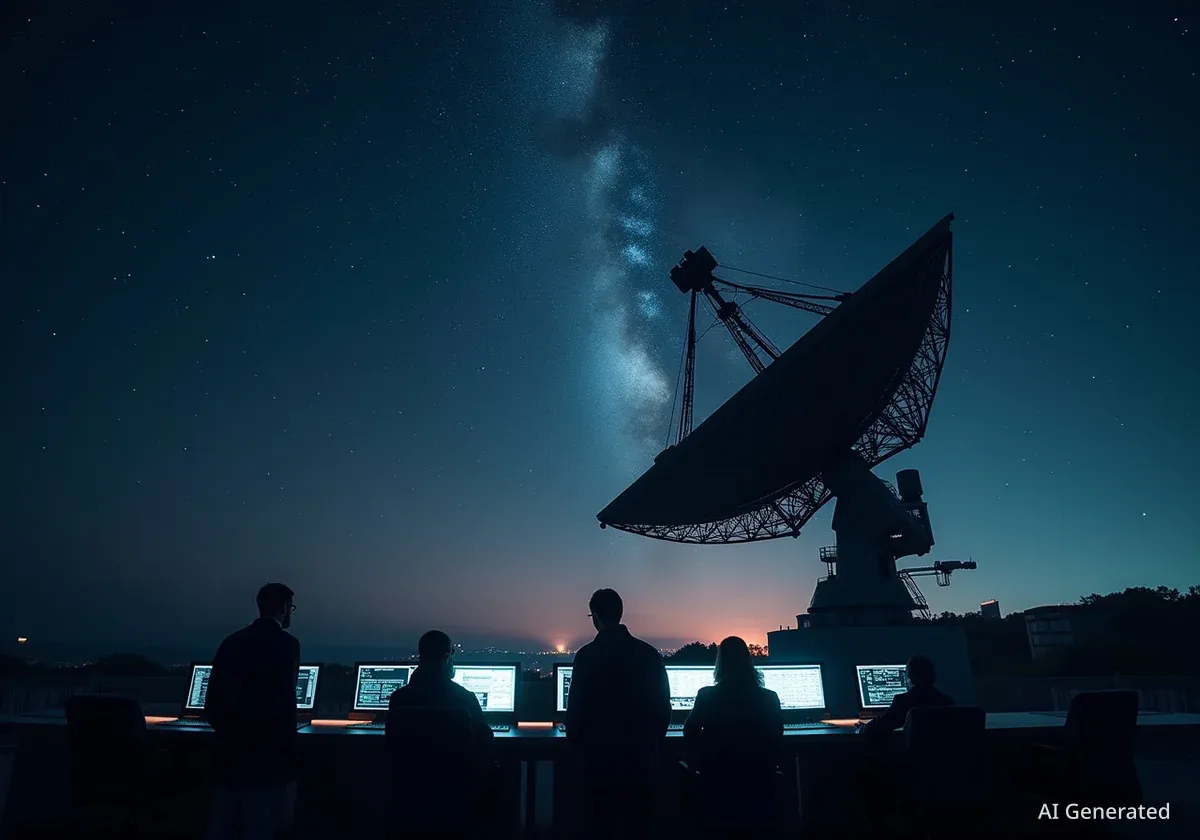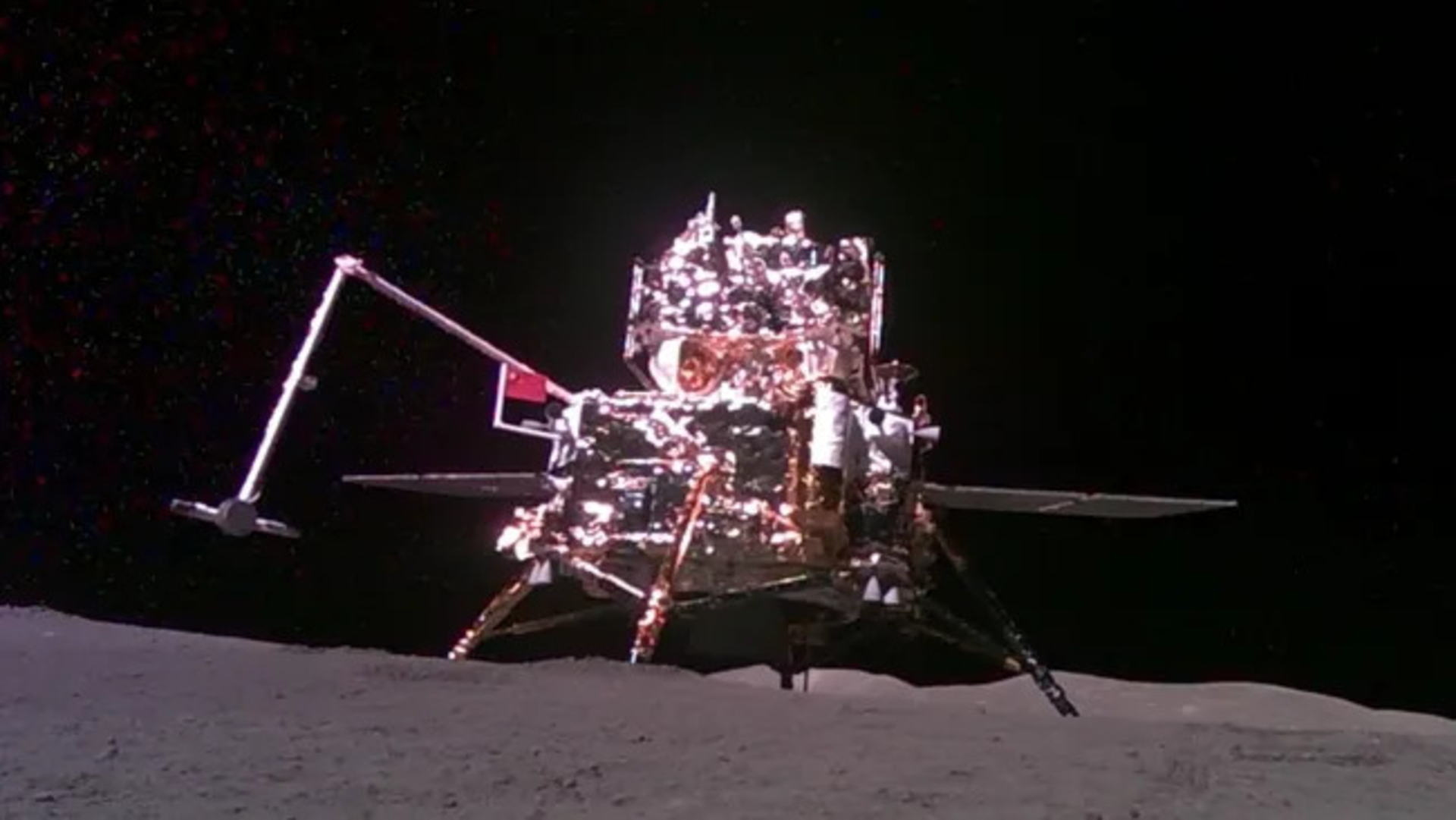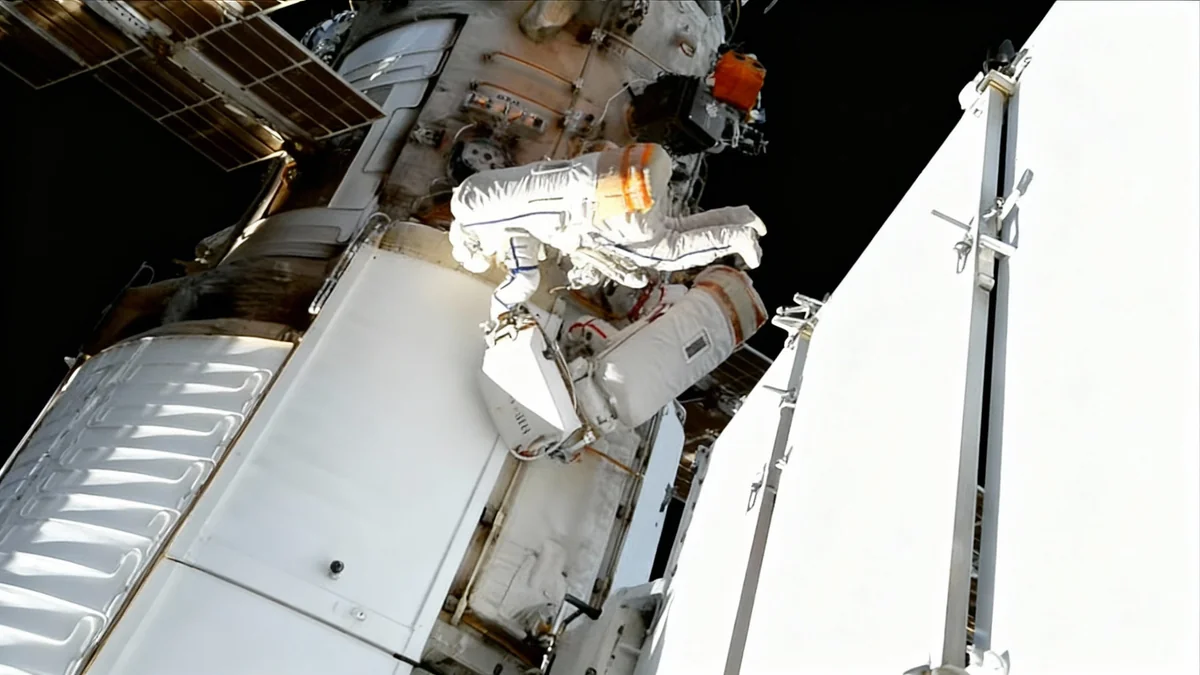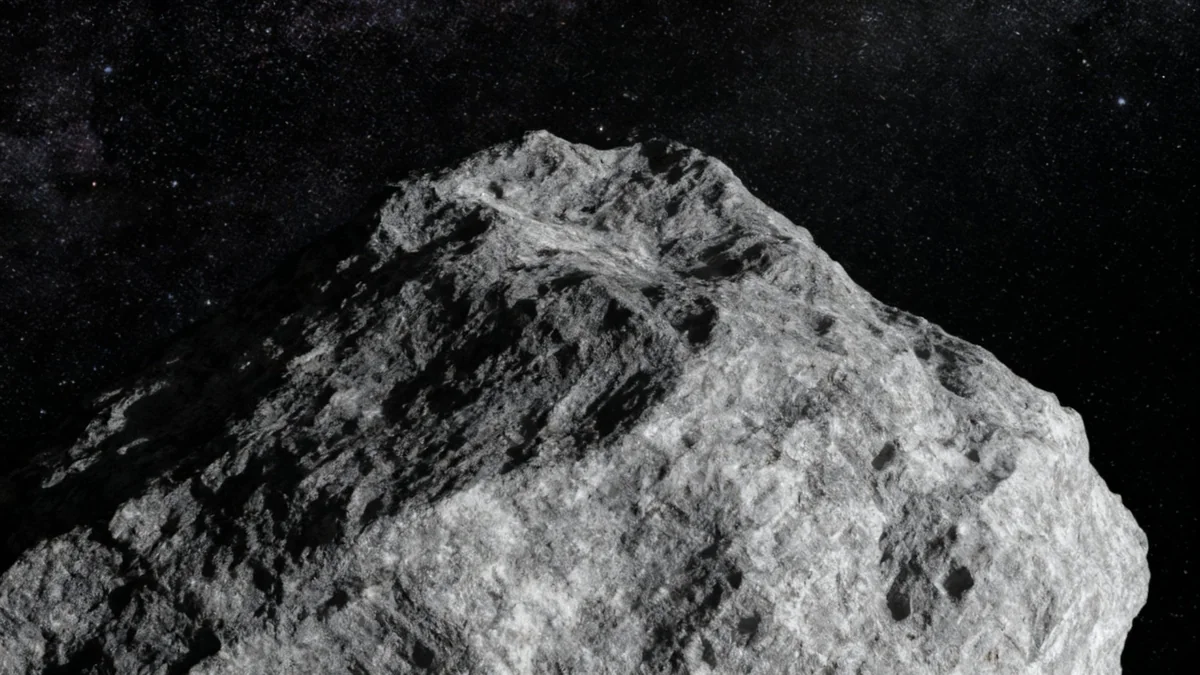Scientists have developed a new method using magnets to solve a critical problem in producing breathable air for astronauts. The technique overcomes challenges posed by microgravity, significantly improving the efficiency of water electrolysis, a process essential for life support on future long-duration missions to the Moon and Mars.
Published in the journal Nature Chemistry, the research demonstrates how magnetic fields can effectively remove gas bubbles that hinder oxygen generation in space. This innovation could lead to more reliable and compact life support systems, a key requirement for sustained human presence beyond Earth.
Key Takeaways
- Researchers developed a magnetic method to enhance water electrolysis for oxygen production in microgravity.
- In space, gas bubbles cling to electrodes, blocking the process; magnets create a force to push these bubbles away.
- This technique, called magnetically induced convection, improves the efficiency and reliability of life support systems.
- The findings are crucial for long-term human missions, such as those planned for the Moon and Mars.
The Challenge of Generating Oxygen in Space
For astronauts living and working in space, a constant supply of breathable air is non-negotiable. Life support systems on the International Space Station (ISS) and future spacecraft rely on a process called water electrolysis to produce oxygen. This process uses electricity to split water (H₂O) into its fundamental components: hydrogen and oxygen.
On Earth, electrolysis is a straightforward procedure. The oxygen and hydrogen gas bubbles produced are less dense than the surrounding water, so buoyancy causes them to float to the surface and separate naturally. However, in the microgravity environment of space, buoyancy is nearly absent.
Without this upward force, gas bubbles cling to the surface of the electrodes where they are generated. This phenomenon, known as electrode passivation, creates an insulating layer that effectively blocks the electrode surface, slowing down or even stopping the water-splitting reaction. This reduces the system's efficiency and reliability, posing a significant risk for missions far from home.
What is Water Electrolysis?
Water electrolysis is a chemical process that uses an electric current to decompose water into oxygen and hydrogen gas. In a life support system, the oxygen is used for breathing, while the hydrogen can potentially be used as rocket fuel or vented into space. It is considered a cornerstone technology for creating self-sustaining habitats in space.
A Magnetic Solution to a Zero-Gravity Problem
To address the issue of persistent bubbles, a team of researchers led by Ömer Akay and Katharina Brinkert explored a novel solution: magnetism. Their study, detailed in Nature Chemistry, shows that a simple permanent magnet can generate forces strong enough to detach these bubbles from the electrodes, even without gravity.
The principle relies on a property of gases like oxygen, which are weakly repelled by magnetic fields—a phenomenon known as diamagnetism. By creating a magnetic field with a varying strength (a gradient), the researchers induced a force that pushes the oxygen bubbles away from the electrode surface. This movement also stirs the surrounding liquid, a process called magnetically induced convection, which further enhances the efficiency of the electrolysis reaction.
"After years of analytical and computational research, we are excited to be the first to prove that this technique can be practically applied in conditions relevant to space," stated Dr. Katharina Brinkert, a lead author on the study.
The experiments demonstrated that this magnetic approach not only restored the function of the electrolysis cell but also improved its performance significantly. This provides a passive and reliable way to manage gas bubbles without the need for complex mechanical pumps or centrifuges, which can be points of failure on long missions.
How the Magnetic System Works
The technology leverages fundamental principles of physics to solve a complex engineering challenge. The core concept is that different materials react to magnetic fields in distinct ways.
Oxygen is a paramagnetic substance in its gaseous state but becomes diamagnetic when dissolved in an electrolyte solution or as part of a bubble. Diamagnetic materials are repelled by magnetic fields. The researchers designed their system to exploit this property.
Key Finding
The study demonstrated that applying a magnetic field can increase the current density of the electrolysis process by a significant margin, indicating a substantial boost in oxygen production efficiency under simulated microgravity conditions.
The process can be broken down into simple steps:
- An electrolysis cell splits water, producing oxygen bubbles on the anode.
- In microgravity, these bubbles stick to the anode surface, blocking further reaction.
- A permanent magnet is positioned near the electrode, creating a magnetic field that is stronger in some areas and weaker in others.
- This magnetic field gradient exerts a repulsive force on the diamagnetic oxygen bubbles.
- The force is strong enough to push the bubbles away from the electrode, allowing fresh water to reach the surface and continue the reaction.
This elegant solution requires no additional power beyond the magnet itself, making it an energy-efficient and robust option for space applications.
Implications for Future Human Spaceflight
This breakthrough has profound implications for the future of human exploration. As NASA and other space agencies plan for long-term bases on the Moon and crewed missions to Mars, the need for reliable, efficient, and low-maintenance life support systems becomes paramount.
Current systems on the ISS are effective but require significant maintenance and can be bulky. The development of a passive, magnet-based system for gas separation could lead to smaller, lighter, and more dependable oxygen generators. This not only saves precious cargo space and mass on launch vehicles but also reduces the amount of work astronauts need to perform to maintain their life support equipment.
According to the researchers, this technology is not limited to oxygen generation. It could also be applied to other electrochemical processes in space, such as carbon dioxide reduction systems that aim to recycle the air astronauts exhale, turning it back into oxygen and producing valuable resources like methane for fuel.
The success of this method opens the door for a new generation of life support technology. By harnessing a fundamental force of nature, scientists have provided a powerful new tool to help humanity establish a sustained presence in the cosmos.

